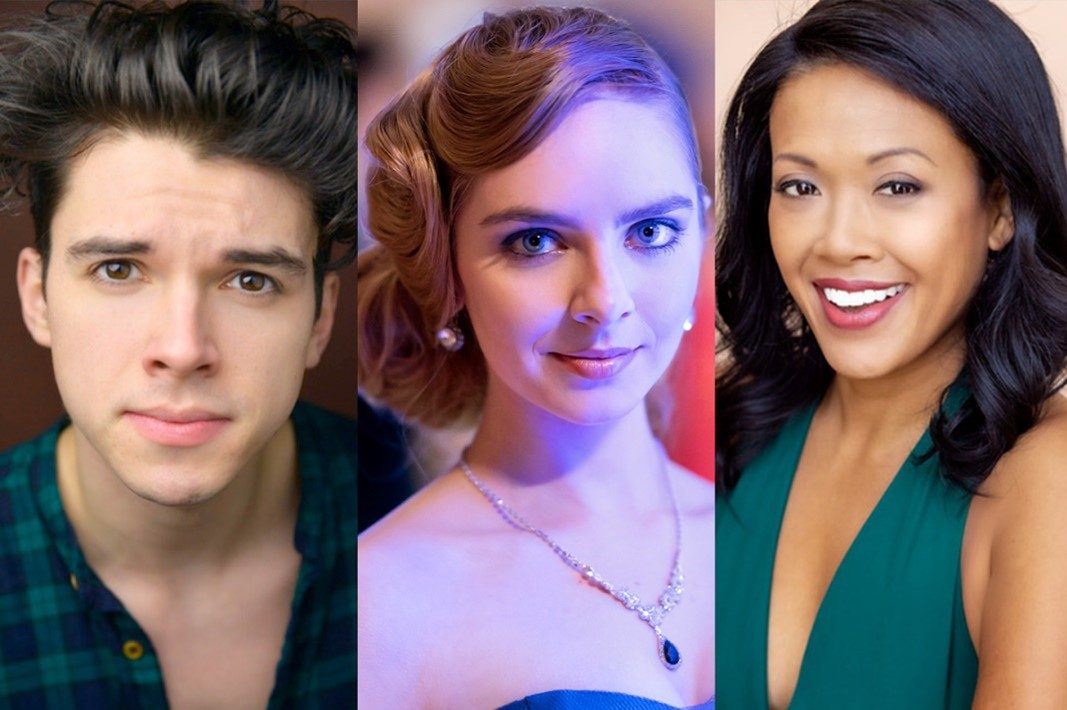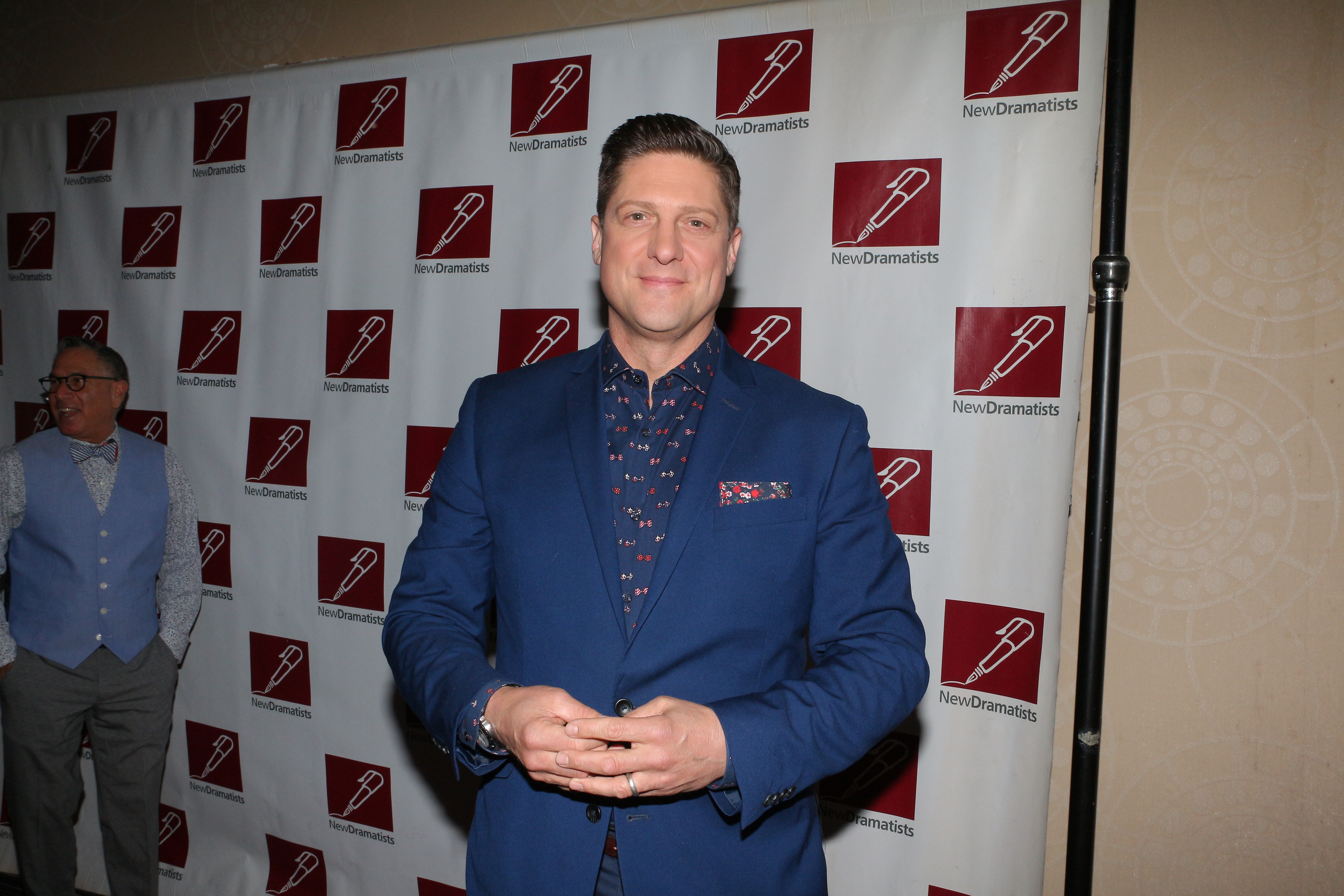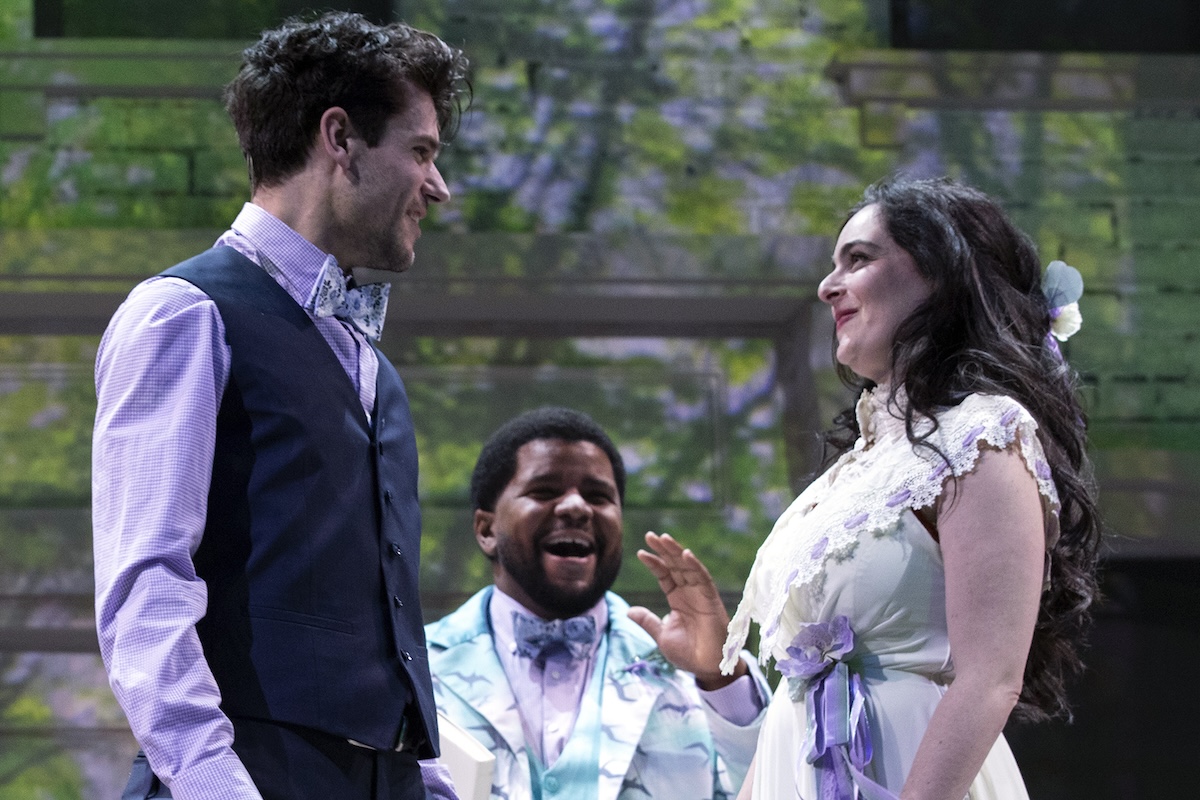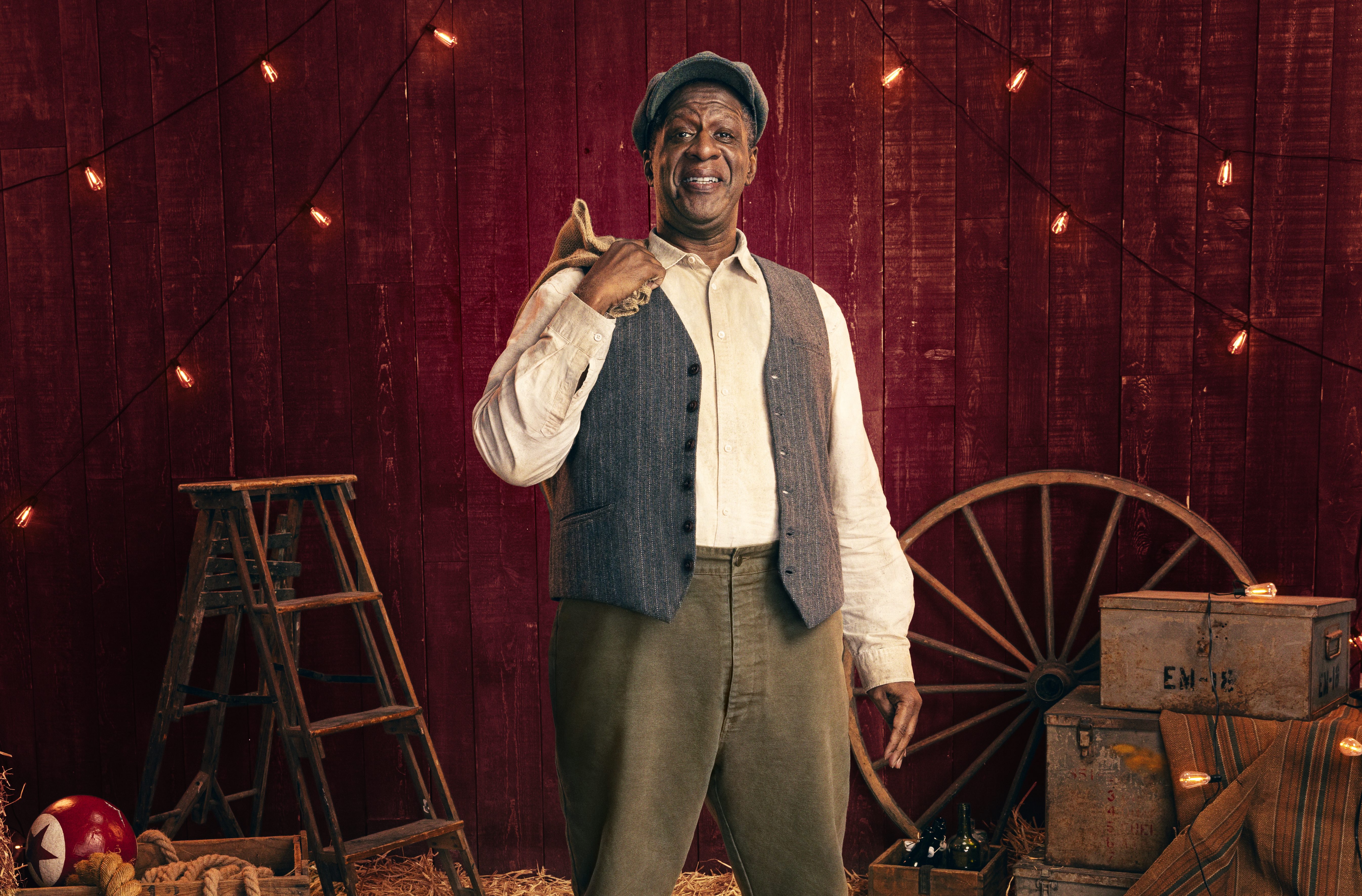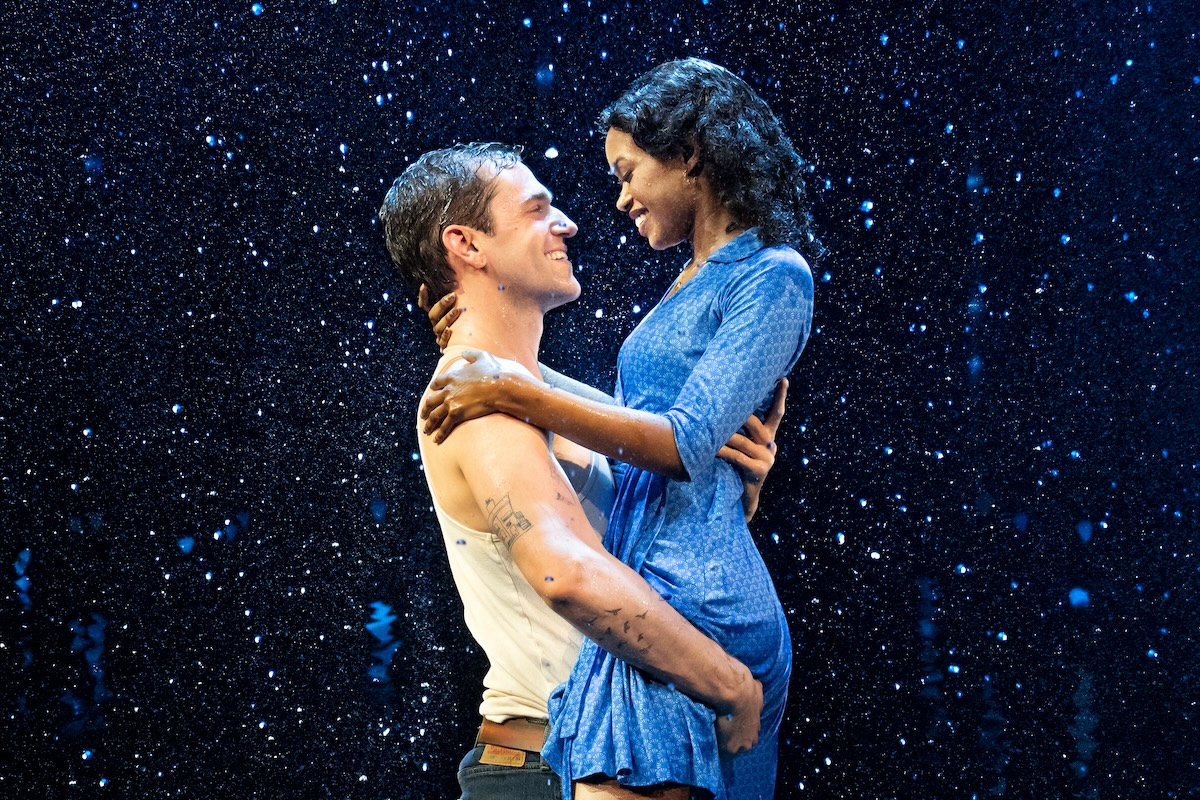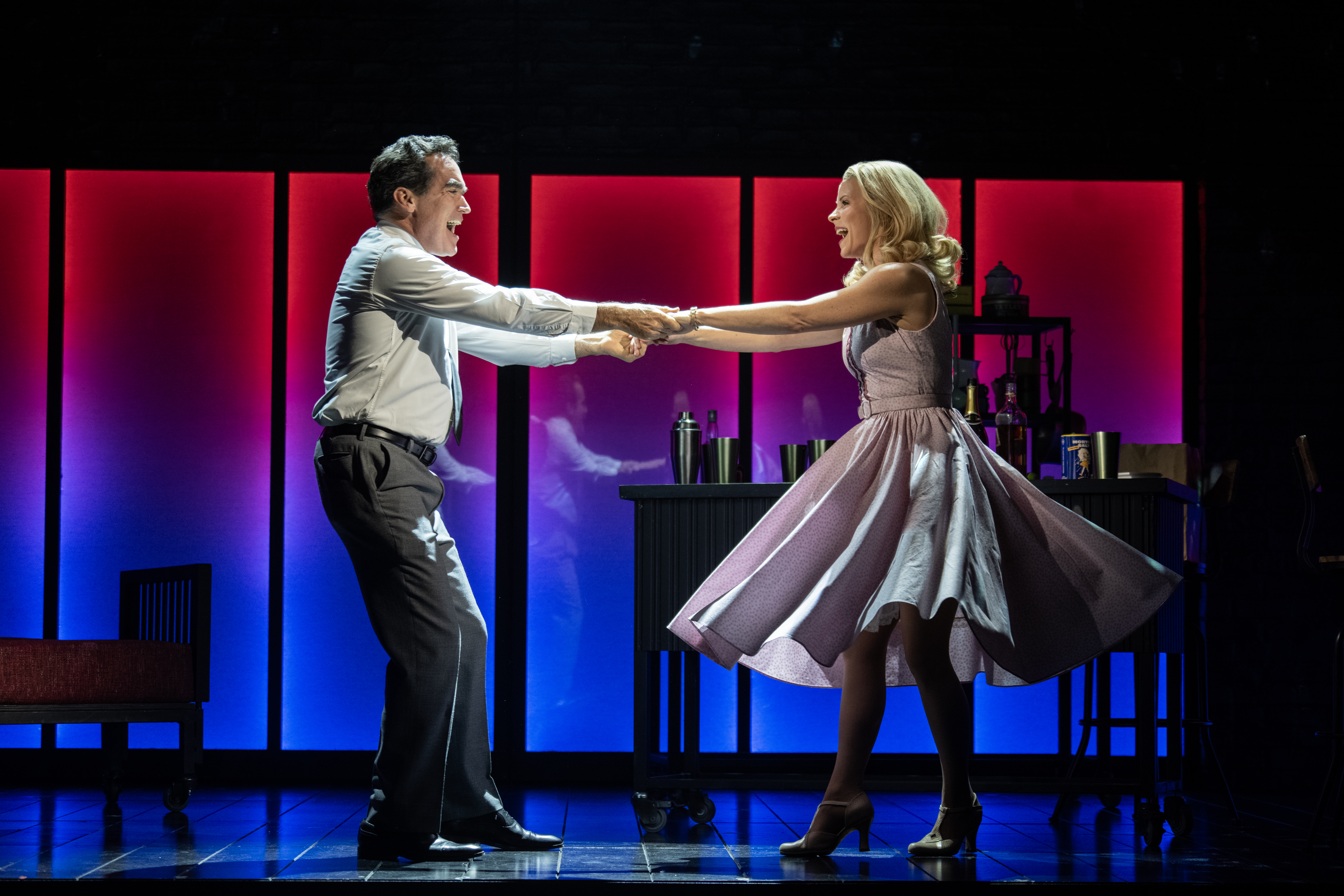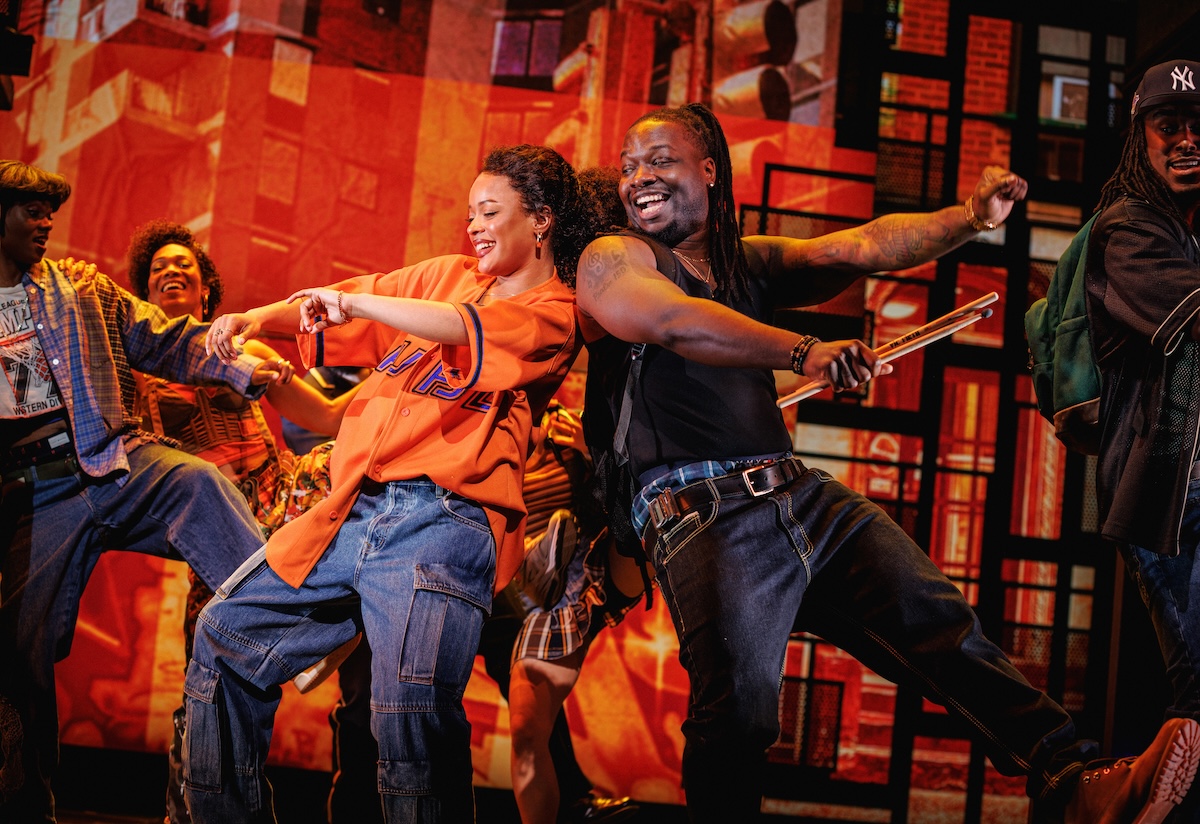Interview: Colman Domingo Creates Complex Leading Men in New Films Rustin and The Color Purple
Few actors working now are as effortlessly chameleonic as Colman Domingo, and his two latest roles are the perfect example. In George C. Wolfe’s new film Rustin (now available on Netflix), Domingo delivers a thrillingly vivid turn in the title role, the queer civil rights activist Bayard Rustin, an unapologetic lute-playing socialist who worked as the main organizer of the March on Washington. Just a few short weeks after that star-turn finished shooting, Domingo was on a much different set, in a much different role, in Blitz Bazawule’s new film adaptation of the stage musical version of The Color Purple. Domingo is just plain ferocious in this one, playing Mister, the abusive husband and chief tormentor of Celie, played by Fantasia Barrino.
Two very different roles require two very different styles of acting, and Domingo — known for his Tony-nominated Broadway work and Emmy-winning role as recovering drug addict Ali in Euphoria — is more than up for the challenge. Here, he discusses his process with us.
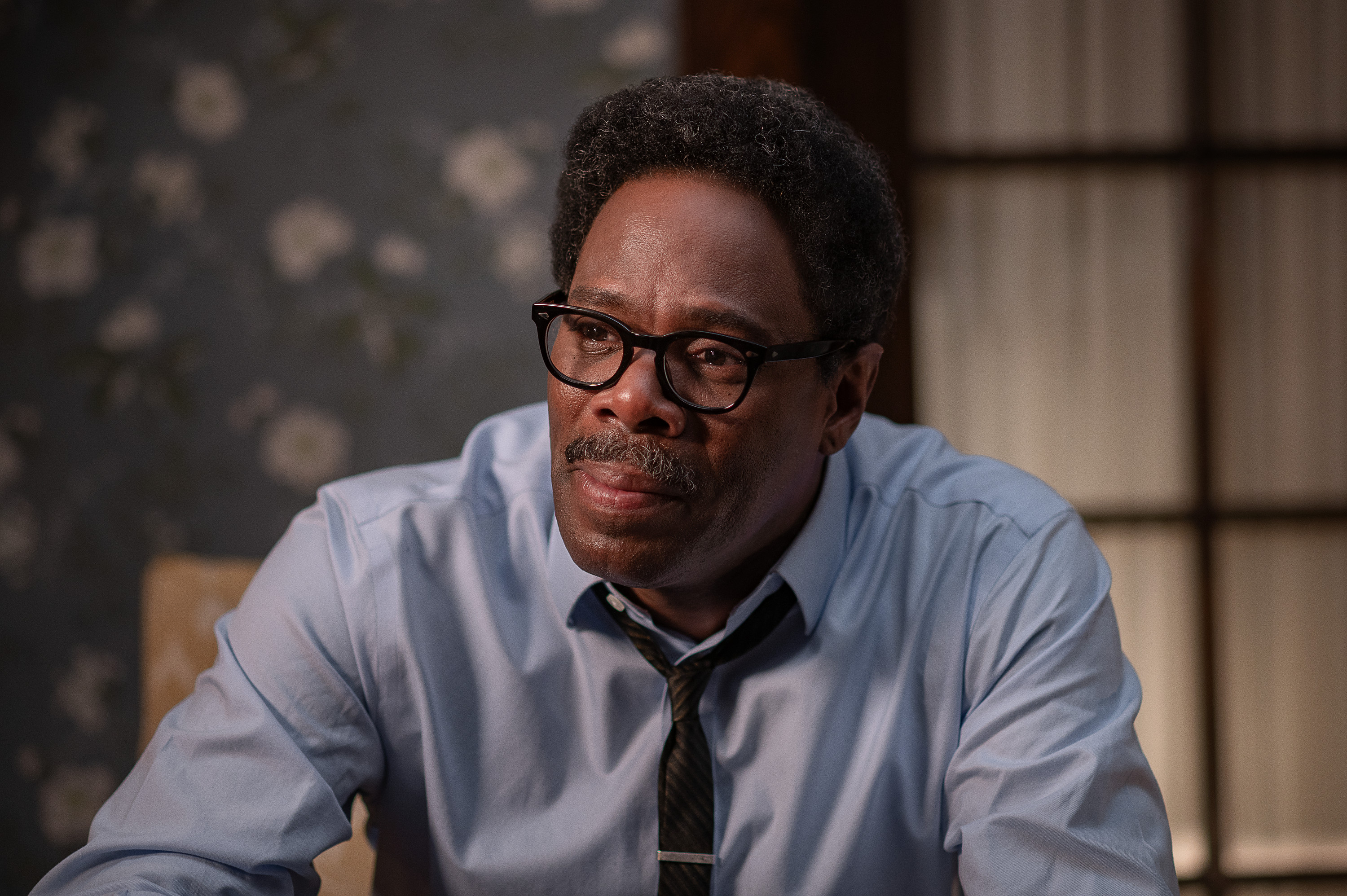
(© David Lee/Netflix)
This conversation has been condensed and edited for clarity.
As a queer artist and activist yourself, what role did Bayard Rustin have in your life growing up?
I’ve known about him since I was 19 years old. I joined the African American Student Union at Temple University, and we were having a discussion about the civil rights movement and his name came up. The more information I learned, I was like, “Wait, what? He plays the lute? He sang Elizabethan love songs?” “He organized the March on Washington in seven weeks’ time?” Who is this person? That’s why he was already impressed in my brain. He’s always been a personal hero. When I got this opportunity, to play one of my personal heroes, you know, that doesn’t always happen in an actor’s lifetime, and at a time when I knew that I was ready to play him, as well.
How did your theater background, and George C. Wolfe’s theater background, impact the set during the shoot?
George brings so many of his theater practices to the set. We had a three-week rehearsal — he says it was two, but I believe it was three; it felt like three. He will really sit down and do table work. You’ll rehearse scenes and do dramaturgical work, and then he puts us into these spaces which are absolutely cinematic. He’s playing not only with language, but with the camera and the way to tell a story. It’s exciting because you’re watching someone who’s such a legendary artist in the theater have the same spirit of play and discovery in the film space. He ignited that in me and we did that together.
Is it daunting to play a personal hero like Bayard Rustin?
Of course it is. You want to get it right. You want to do everything you can, and learn everything you can, and embody him, and find his voice in your body as much as you can. Because he’s important to you and you want everyone to know all of him, this complex person. It’s a great, beautiful responsibility. I had lunch with Walter Naegle [Bayard Rustin’s partner] and Rachelle Horowitz, who was his close friend, and I was able to ask them personal things like, “Was he affectionate? How did he laugh? Was he someone who danced a lot?” All these personal things that you want to use to make him such a complex, extraordinary human. I didn’t want it to be mimicry of his vocal inflections or the way his body moved, I wanted to be really lived in. They gave me anything that I thought I needed to make him live in my body in a different way.
Were Rustin and The Color Purple shot in tandem?
Rustin was shot first, and then two weeks later, I was on the set of The Color Purple. I was doing prep work for Color Purple while I was in my last weeks of Rustin. It was a little double duty, which, you know…leading a whole film and being on set 14 hours a day requires you to have a deep practice and understanding of time. I took care of myself: I will get rest, I’ll get a massage, I will go for a walk with my headphones listening to Alice Walker talk about The Color Purple. You find ways to get the work done, but also keep the worlds apart.

(© Warner Bros.)
How did your way into the character of Mister, who is very grim and abusive, differ from your preparation to play Bayard Rustin, who is almost joyful in his desire to push the world forward?
What one has to do first is love the character. I had to find what makes Mister human and why he’s so broken. I couldn’t look at him as a villain; he thinks the world has villainized him. I had to find out what he wanted, what he needed, what happens when he doesn’t get it, and what that does to a person when they have that lack of love, or if they feel like they’re abused by America, or has his father’s sort of foot on his neck? He abuses others to make himself feel powerful. I had to find that part in understanding his psychology, so I could go deep and find how vicious human beings can be to each other.
It’s not so foreign, actually. I think I’m a pretty good guy, and I’m lighthearted and joyful and I have a lot of love in my life. But what if I didn’t? What if my dreams were deferred? Everyone has the capacity to find that darkness and to go to those places. What I had to do as an artist was find the part that I wasn’t judging to make him whole. We also took great strides to make sure that his redemption story was very clear. He does have an arc where he’s not just a villain. He has good in him because someone finally sees that he has good in him, and he finds it in himself that he can change. The whole film is about redemption, I think.
Tell me about the award in your name at the Vineyard Theatre.
It’s very important to me. The Vineyard honored me a few years ago, and I thought it was beautiful, but I wanted there to be an action element to it. It can’t just be about me. I wanted to give a gift to the Vineyard, but I also wanted to fill a space that is lacking in our industry, by awarding a multi-hyphenate African American male or male-identifying person. It’s an award for people who need a little lift, a little access, and I wanted to put my name on it so it could say that I see them. I wanted to be able to provide mentorship and access and give them more of a hand.
York Walker, our very first recipient, just had his play Covenant premiere at the Roundabout. He said that his career completely changed because of the award. It sort of gave him legitimacy because of who I am in this industry, and I’m attaching his name to mine. He’s with me, so I can help him make sure he’s got a great agent, great access, mentorship from me. That’s what he and these other men and male-identified people have. And I expect them to pay it forward, to do the same thing when they start getting work and helping someone else out who needs more access.
This year’s recipient is Rudi Goblen, who is a polymath and has been working in many different arenas as an artist. I read one of his plays and I thought his language was new and fresh. He’s on the cusp of doing some really great work, and he’s very much under the radar. I like to support people who are a little outside. Painting outside the lines.



